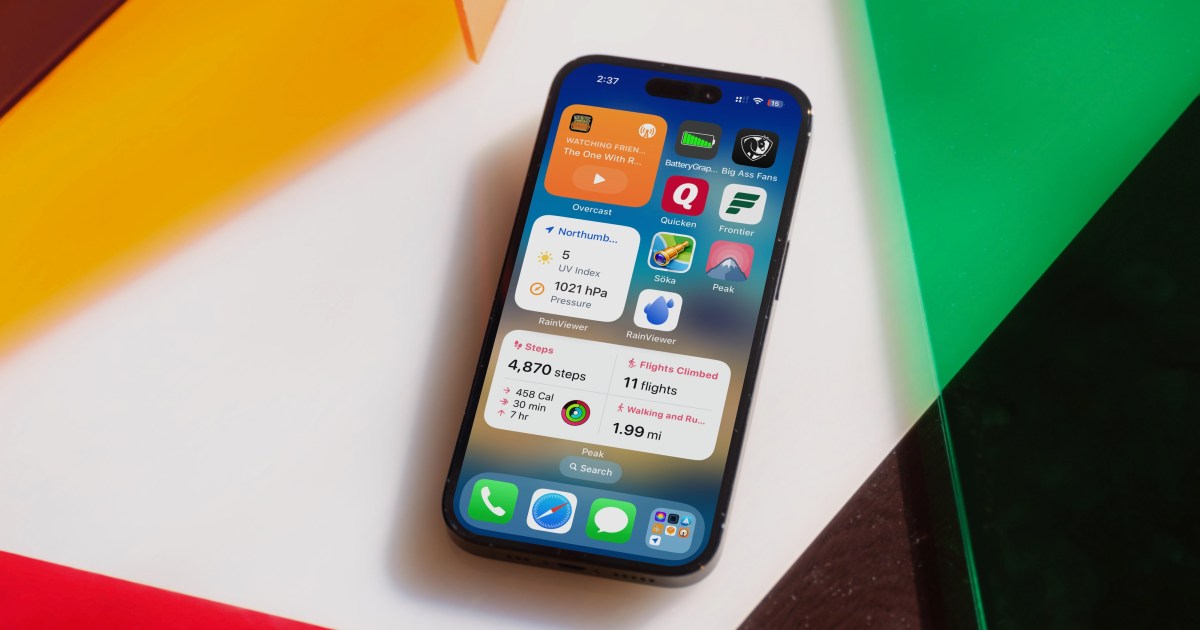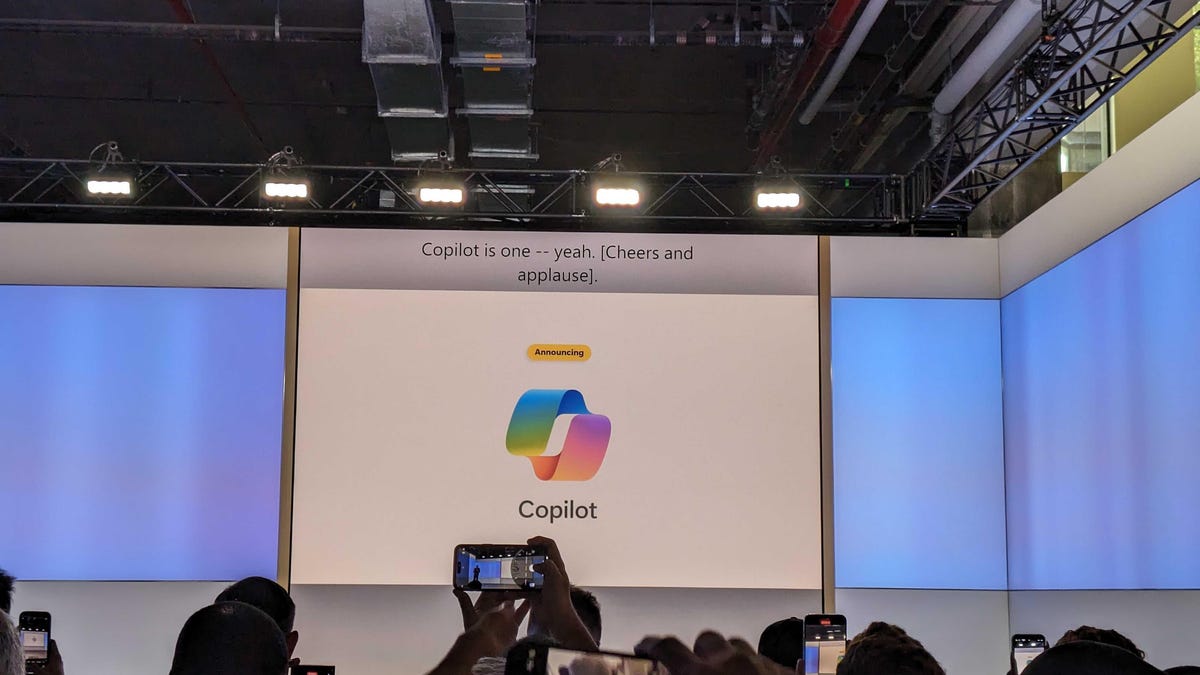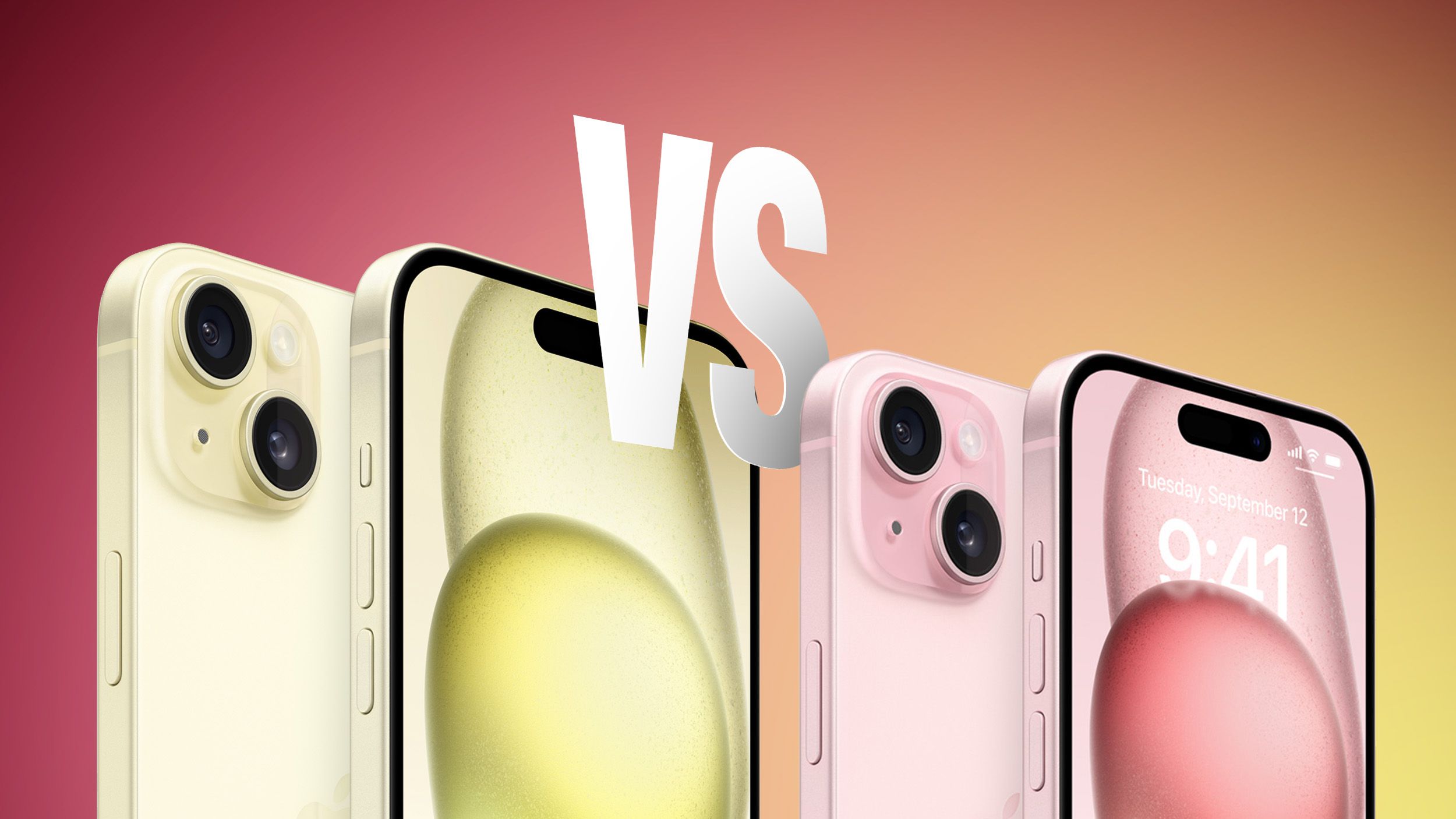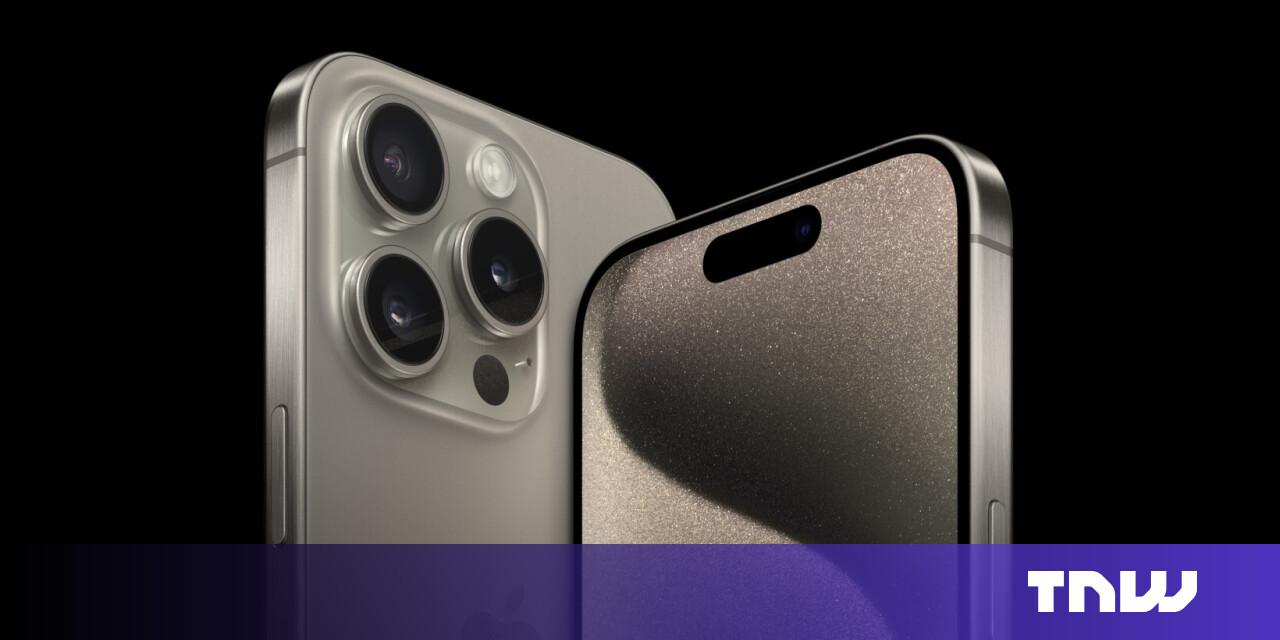Pros and Cons of Apple iPhone 15’s USB-C Port
Pros and Cons of Apple iPhone 15's USB-C Port
USB-C: The Good, the Bad, and the Confusing
I have a confession to make – I’m a USB-C enthusiast. Ever since I first encountered this revolutionary data and charging port in my 2016 MacBook Pro, it has become an integral part of almost all the electronics in my life. So, you can imagine my excitement when Apple announced that the new iPhone 15 smartphones and AirPods Pro 2 would come equipped with USB-C ports. Finally, a USB-C iPhone!
But amidst all the excitement, there’s a downside to USB-C that Apple failed to mention at its recent iPhone launch event. Millions of people entering the USB-C ecosystem will encounter the technology’s ugly side too.
USB-C’s utility and flexibility are marred by the confusion surrounding what is supported by the port and cable. It’s not always obvious whether your device or cable supports high-speed data transfer, high electrical power for fast charging, both, or neither.
The iPhone 15 will come with a USB-C port and a charging cable that’s fine for charging but only transfers data at a sluggish 480 megabits per second – the speed of the outdated USB 2.0 standard. This is disappointing considering Apple’s more capable iPhone 15 Pro models will support the faster 10 Gbps speed of USB 3.
For most users, this might be a minor inconvenience. However, it highlights the challenges of the vast USB ecosystem, where cost-cutting is a priority and certification is not mandatory. USB-C is undoubtedly a faster and more versatile connection technology than the outdated Apple Lightning port, but transitioning to USB-C comes with some growing pains.
It’s important to note that USB actually encompasses three separate standards – USB, USB-C, and USB PD (Power Delivery). This can make it challenging for users to understand the capabilities of their devices and cables.
The original standard, Universal Serial Bus (USB), governs how devices identify themselves and send data across a connection. USB 2.0 improved data transfer speeds to 480 Mbps, while USB 3.0 introduced speeds of 5 Gbps, ideal for external hard drives. Subsequent versions like USB 4 offer even higher speeds, reaching up to 40 Gbps.
USB-C, on the other hand, refers to the oval-shaped connector technology. Although some older Android phones only support slow USB 2.0 speeds, modern USB-C devices generally offer faster data transfer rates.
Lastly, USB PD (Power Delivery) ensures that USB can be used for charging at high rates, up to 240 watts. However, many manufacturers skip the certification process, resulting in lower-quality cables and devices in the market.
The cost factor plays a significant role in USB-C’s problems. Cheap cables often lack support for high-speed data or high-power charging. Typically, cables marketed as “charging cables” prioritize charging speed over data transfer. Even Apple’s own USB-C cables included with MacBooks are known to be limited to USB 2.0 speeds.
While I haven’t personally encountered many issues with slow cables, there have been instances where I struggled with slow transfer speeds when transferring photos from my Canon mirrorless camera to my laptop.
Fortunately, most iPhone users won’t be greatly affected by slow USB-C cables, as newer devices rely more on mobile networks, Wi-Fi, and AirDrop for data transfer. However, for those who heavily rely on their devices for large file transfers, such as shooting 4K ProRes videos, a faster cable becomes crucial.
Apple’s decision to ship slow USB-C cables even with its expensive iPhone 15 Pro models might be an attempt to avoid confusing customers. Currently, Apple offers two options: slow charging cables and expensive Thunderbolt cables that offer faster data transfer speeds. But there are affordable USB-C cables in the market that support faster speeds as well – brands like Anker, Plugable, Satechi, and Monoprice are known for their reliable cables.
To ensure a more seamless experience, it’s advisable to choose USB-C products that have passed USB-IF’s compliance testing. USB-IF certification guarantees quality and compatibility, although not all companies provide clear labeling or icons to indicate compliance.
The USB-C transition, although potentially inconvenient, is comparatively less painful than the previous shift from Lightning. USB-C has already become a standard connector in various devices, including Android phones, Windows laptops, gaming consoles, and headphones. There’s a good chance that many of us already have spare USB-C cables lying around.
Ultimately, USB-C’s flexibility and power outweigh the initial challenges. USB-C is a technological leap forward that offers unparalleled versatility. As the tech matures, incompatibilities and product shortcomings will likely fade into the background, making USB-C even more appealing.
So, while USB-C might have its confusing and frustrating aspects, the benefits it brings to the table are worth embracing. As we navigate the USB-C ecosystem, let’s remember that progress often comes with a bit of pain – but the rewards are certainly worth it!






